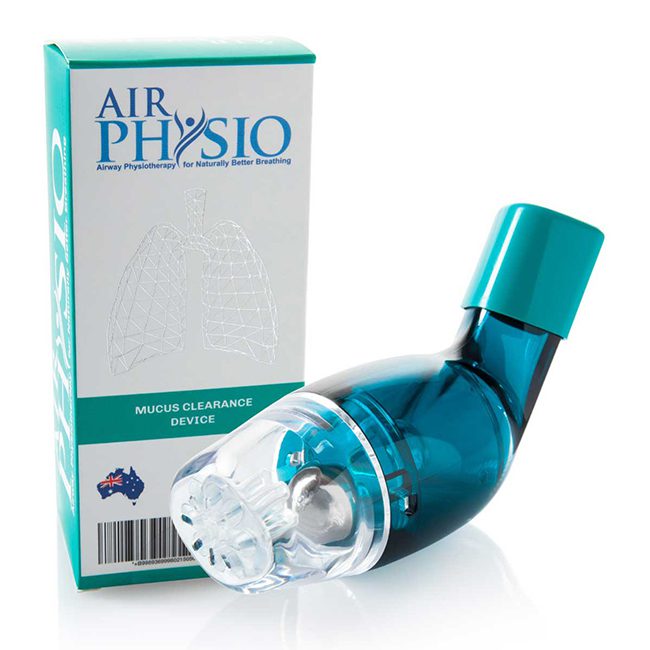
Introduction:
Respiratory atelectasis is a collapse or blockage of a lung due when airflow into the lungs is impeded. This can be caused by something as simple as dehydration which affects the ability of the cilia – small hairlike structures that wave back and forth to remove debris and mucus from the air passages – to function correctly and clear the lungs.
Additionally, fluid in the airspaces from pneumonia or other lung conditions can lead to atelectasis. Other possible causes include lung scarring from previous infections or surgeries, tumors, goiter, or enlarged lymph nodes. Often, atelectasis occurs in only a tiny section of one lobe in the lung, but it can affect an entire lung. Accordingly, look at air physio.
Symptoms of respiratory atelectasis can depend on how much of the lung is affected but typically include shortness of breath and pain in the chest.
More specifically, you may experience increased heart rate, fever, cough with mucus production, mental confusion (in older adults), and blueness of lips or fingernails (cyanosis). If you think you may be experiencing any of these symptoms, it is best to call your doctor or visit urgent care.
Imaging tests such as x-rays or computed tomography (CT) scans are often used to diagnose atelectasis along with a physical examination. During the physical exam, your doctor will check for signs of decreased breathing sounds (breath sounds may be muffled if part of your lung has collapsed) and dullness to percussion (tapping on your chest should produce a resonant sound if healthy).
Once atelectasis has been diagnosed, treatment will be aimed at correcting the underlying cause. In some cases, this may require medications or surgery.
If you are experiencing symptoms of atelectasis, it is best to seek medical attention as soon as possible so that an accurate diagnosis can be made and proper treatment can be administered.
Talk to your doctor about whether incentive spirometry is right for you!
